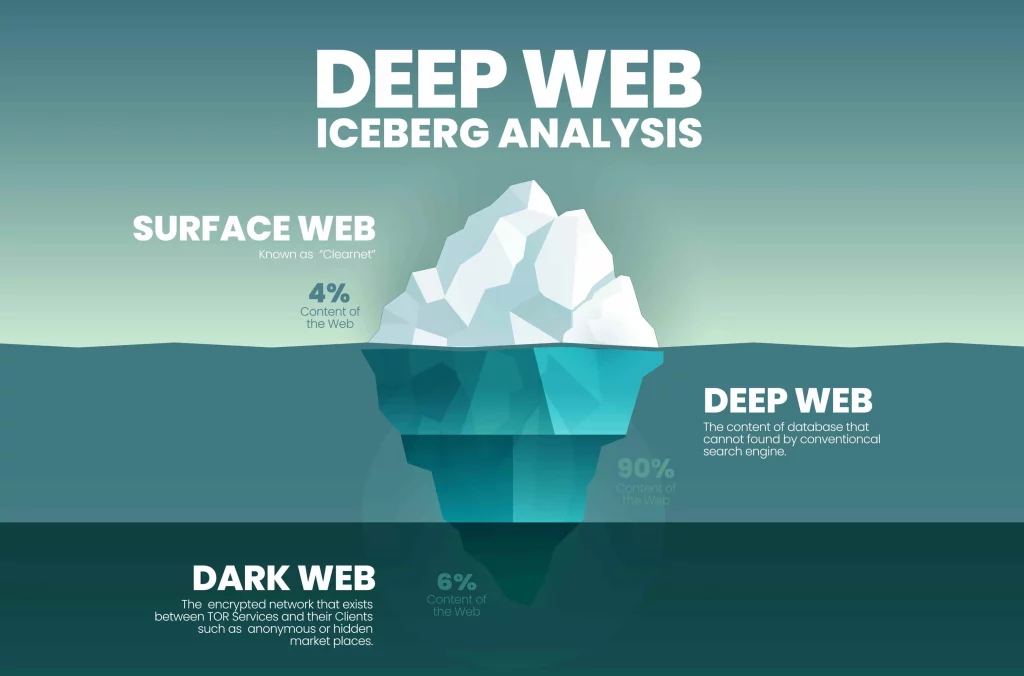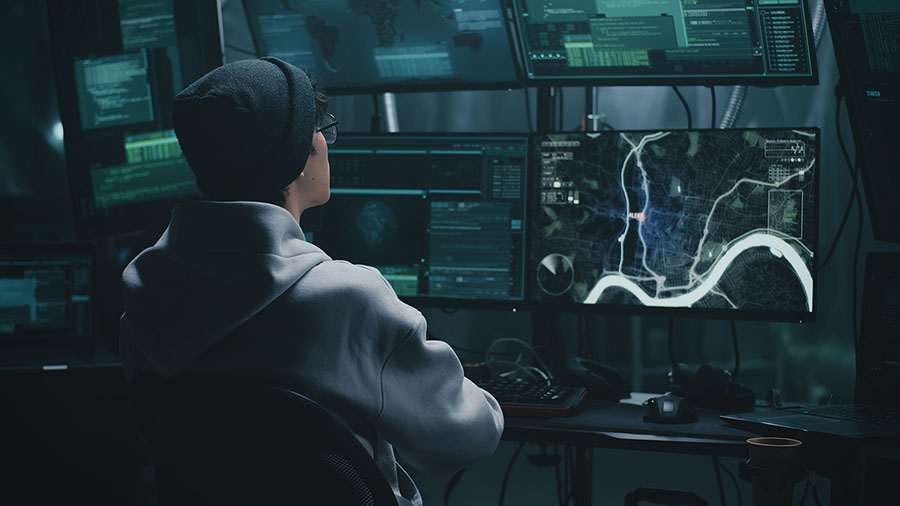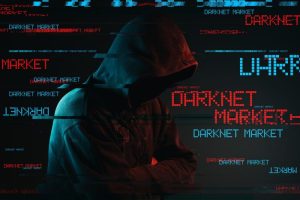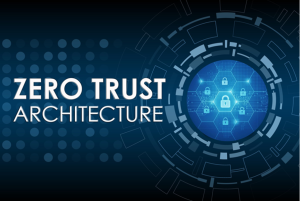The term “Dark Web” often conjures up images of hidden marketplaces, cybercriminal activity, and secret forums inaccessible to the average internet user. But how much of what we hear about the Dark Web is true? While it does harbor illegal activities, it also serves as a space for privacy advocates, whistleblowers, and individuals seeking anonymity in oppressive regimes.
In this article, we will debunk common myths surrounding the Dark Web, explore its legitimate uses, and shed light on its risks and realities.
Understanding the Dark Web
The internet is typically divided into three layers:
- Surface Web – The publicly accessible internet that search engines like Google index.
- Deep Web – Content hidden behind paywalls, login pages, and private databases (e.g., banking portals, academic journals).
- Dark Web – Encrypted websites that require special software, such as Tor, to access.

Unlike the common perception, the Dark Web is not a single monolithic entity. It consists of hidden websites (.onion sites) that range from anonymous forums and private communication channels to illicit marketplaces and hacking communities.
Myth vs. Reality: Common Misconceptions
1. Myth: The Dark Web is Illegal
Reality: The Dark Web itself is not illegal; it is merely a part of the internet that provides enhanced privacy through encryption. Many legitimate users, including journalists, researchers, and activists, use it for secure communication and anonymity.
2. Myth: The Dark Web is Only for Criminals
Reality: While criminal activity exists, the Dark Web also serves as a sanctuary for whistleblowers, political dissidents, and individuals in countries with strict internet censorship. Websites like SecureDrop allow journalists to receive confidential tips anonymously.
3. Myth: Accessing the Dark Web Will Get You Hacked
Reality: Simply browsing the Dark Web using Tor does not make you an immediate target. However, clicking on malicious links, downloading files, or engaging with fraudulent vendors can expose you to cyber threats.
4. Myth: The Dark Web is Full of Hitmen and Organ Traffickers
Reality: Sensationalized media reports have spread exaggerated claims about hitmen-for-hire and illegal organ trade. While scams exist, no verified case has ever been proven where these services were legitimately carried out through Dark Web transactions.

Risks and Dangers of the Dark Web
While the Dark Web offers anonymity, it also comes with risks:
- Cybercrime Exposure: Hackers sell stolen data, ransomware kits, and counterfeit documents on underground forums.
- Scams and Fraud: Many illegal marketplaces are filled with scammers who take payments without delivering services.
- Malware and Phishing: Clicking on malicious links can infect your system with trojans, keyloggers, or spyware.
- Law Enforcement Monitoring: Authorities actively track criminal activities on the Dark Web, and accessing illicit content can put you under surveillance.
How to Stay Safe When Exploring the Dark Web
If you choose to explore the Dark Web for research or privacy purposes, follow these best practices:
- Use a Secure Operating System – Tails or Whonix can provide extra security layers.
- Never Share Personal Information – Remain anonymous and avoid using real credentials.
- Avoid Downloading Files – Many Dark Web sites contain malware-infected downloads.
- Be Cautious with Transactions – Cryptocurrency transactions are often irreversible; scams are common.
- Stick to Verified Websites – Use directories like the Hidden Wiki to find trustworthy .onion sites.

The Dark Web is often misunderstood, with myths overshadowing its true nature. While it does host illegal activities, it is also a crucial tool for privacy, security, and free speech. Understanding its risks and potential benefits allows users to navigate it responsibly.
Whether you view the Dark Web as a hub for cybercrime or a sanctuary for digital privacy, one thing is certain: it will continue to be a topic of debate in the evolving landscape of the internet.




